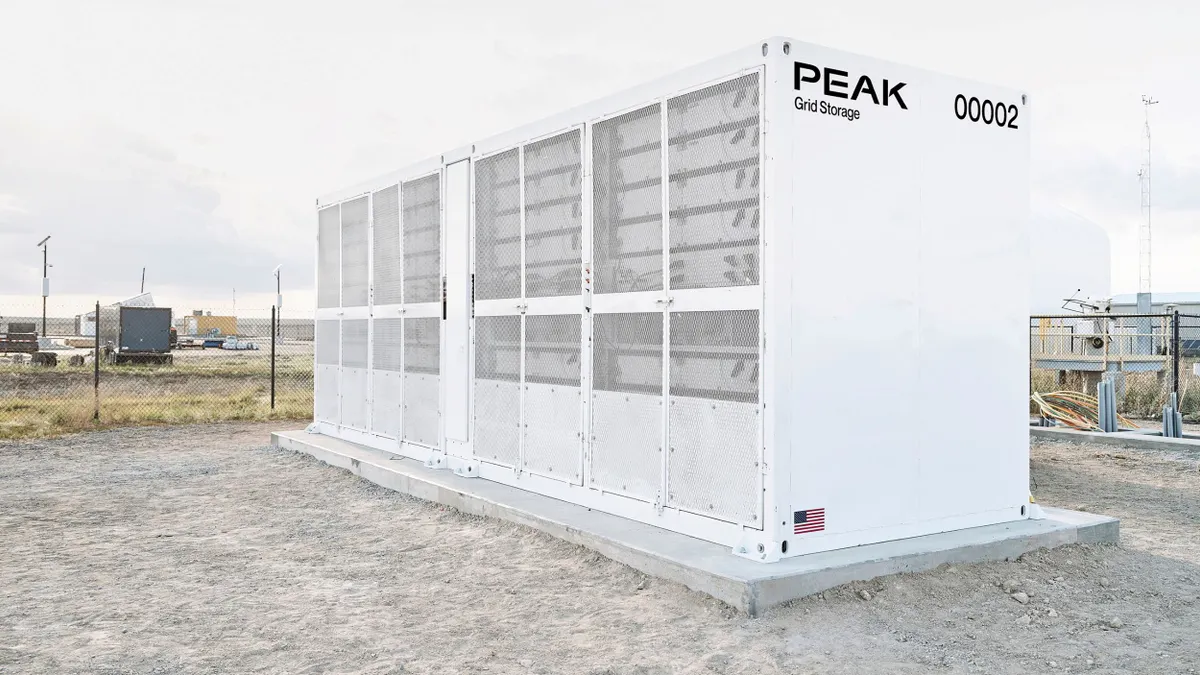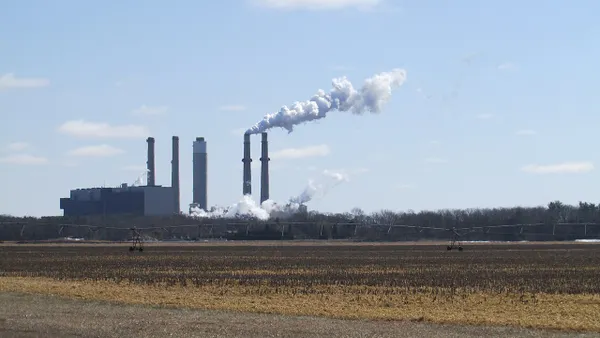Dive Brief:
- The loss of Vermont Yankee's carbon-free nuclear energy and the increased use of gas- and oil-fired generation in New England helped drive an increase in carbon dioxide (CO2) emissions in 2015 compared to 2014, according to a new report from the grid operator.
- The Entergy plant accounted for 4% of New England's total electric generation and more than 70% of generation in Vermont, but the utility shut it down in 2014 amid difficult market conditions.
- The ISO New England Electric Generator Air Emissions Report concludes CO2 emissions rates in 2015 were 747 pounds/MWh, up from 726 pounds/MWh in 2014.
Dive Insight:
Carbon emissions are plummeting around the country, but New England's increase highlights the importance of nuclear plants in the power mix as the resource currently struggles in several organized markets. The new report is a stark reminder than allowing cheaper gas to push nuclear out of the market could ultimately drive up emissions, and that market tweaks are likely necessary to address the issue.
Between 2014 and 2015, New England said it experienced a 15% decrease in production from non-emitting generators, largely on the loss of more than 600 MW from Vermont Yankee. Gas-fired generation increased by about 5,750 GWh, or about 12%, in 2015.
Coal-fired generation fell by about 23% in 2015, the report notes, consistent with the approximately 270 MW of coal-fired-generation that retired in 2014. And more retirements are expected in the near-term. While it makes up a smaller portion of the generation mix, oil-fired power has continued a clear trend upwards, experiencing a 174 GWh boost in 2015.
"The increase came largely in January, February, and March—the same months that natural-gas-fired generation made its lowest contributions for the year," the ISO said in a statement. "This phenomenon largely reflects winter-time constraints on the interstate pipelines bringing natural gas into the region."
The news is not all bad, however. The ISO said total emissions for sulfur dioxide and nitrogen oxides declined from 2001 to 2015 by 95% and 68%, respectively, while CO2 emissions decreased by 24%. But the region's dependence on natural gas could bring additional progress into question if non-emitting resources are replaced by carbon-based fuels.
Gas-fired resources account for the "vast majority of new generators built in New England since 1997," the ISO notes. "This ongoing trend to meet electricity needs with higher-efficiency, lower-emitting gas-fired generators instead of oil- and coal-fired generators has been the biggest contributor to the long-term decline in regional emissions." Transmission upgrades also reduced the need to run older, less efficient oil and coal units.














